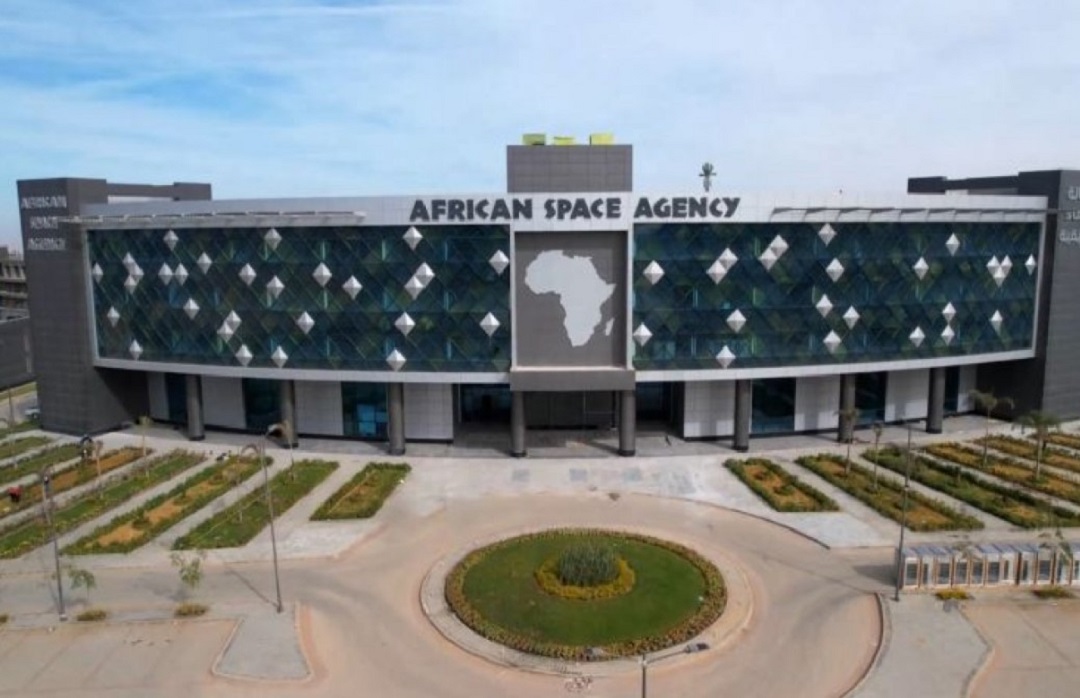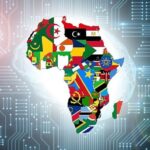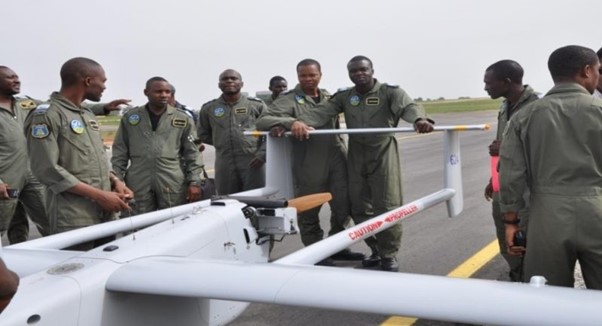SYSTEMS & TECHNOLOGY – AFRICAN SATELLITE PROGRAMS: STRATEGIC GAME CHANGERS?

Across Africa’s 30 million square kilometers where borders stretch thin and climate shocks intensify satellite technology is rapidly becoming both guardian and economic catalyst. As of November 2025, 61 African-built or African-owned satellites orbit Earth. Three decades ago, the tally was zero. More than 120 additional launches are planned by 2030, a surge accelerated by the African Space Agency (AfSA), inaugurated in Cairo in April 2025. Space is no longer a prestige endeavor; it is the backbone of a continent striving for resilience. These orbital tools decode weather patterns, protect maritime wealth, and connect the unconnected turning distant stars into instruments of survival and sovereignty.
Africa’s space journey began with Egypt’s Nilesat-101 in 1998, which revolutionized broadcasting. A year later, South Africa’s SUNSAT signaled that a continent-wide movement had begun. Today, 21 African countries run space programs. Egypt and South Africa lead with 13 satellites each, followed by Algeria (7), Nigeria (6), and Morocco (3). Newcomers are joining fast: Senegal launched Gaindesat-1A for environmental monitoring in 2024, while Zimbabwe’s ZimSat-2 now provides vital agricultural imaging. AfSA modeled after the European Space Agency aims to unify these initiatives under Agenda 2063, though national ambitions still jostle for priority.
Related Article: SYSTEMS & TECHNOLOGY – AFRICAN SATELLITE PROGRAMS: STRATEGIC GAME CHANGERS?
At their core, these programs serve a dual strategic mandate: securing borders and boosting economies. Satellites enable real-time surveillance across the Sahel, where Mali, Burkina Faso, and Niger use imagery to map militant movements and disrupt smuggling routes. At sea, satellite monitoring is recapturing billions lost to illegal fishing. South Africa, for instance, now acquires weekly maritime imagery to police its vast exclusive economic zone.
Economically, the returns are climbing. Africa’s space sector, valued at $19.5 billion in 2023, is projected to grow 16 percent annually to $22.6 billion by 2026. The industry employs over 19,000 people and fuels downstream sectors precision farming, logistics, climate resilience, broadband, and e-commerce. For a continent where 60 percent of people still lack internet access, satellites are not luxuries; they are essential infrastructure.
Countries at the forefront are rethinking what autonomy in space can look like. Egypt’s EgSA trains engineers from across the continent and co-builds hyperspectral CubeSats with partners including Ghana, Nigeria, Uganda, and Kenya. South Africa’s SANSA collaborates with NASA on Artemis while expanding Earth-observation capabilities for water and land management. Nigeria’s NIGCOMSAT constellation underpins broadband expansion and supports counterterrorism operations. Algeria’s AlSat series strengthens telecommunications and national security. The rise of small satellite launch-able for as little as $100,000 has further democratized access, enabling countries to leapfrog high-cost barriers.
Global powers have taken notice. China’s $50 billion commitment to African space and science partnerships includes building ground stations, training programs, and launching satellites for Egypt and Ethiopia. The European Union’s Africa-EU Space Partnership channels €100 million toward early-warning systems and data-economy development. Russia remains a critical launch provider, while U.S. players like SpaceX have reshaped connectivity: Starlink now operates in 21 African countries. But these relationships spark a crucial debate: as foreign actors help build Africa’s space infrastructure, who ultimately controls the data?
Despite the momentum, structural challenges persist. Africa’s combined space spending about $426 million in 2025 represents less than 1 percent of global investment, creating funding pressures in countries such as Kenya, which allocated only $3.6 million. Reliance on foreign launch sites leaves missions vulnerable to geopolitical headwinds and technical delays. Talent shortages and fragmented data policies slow progress. Still, innovation offers pathways forward: nanosatellites reduce costs, and AfSA’s push for shared infrastructure could unify scattered national efforts.
Looking ahead, the continent’s ambitions are expansive. By 2030, the African Resource Management Constellation (ARMC) a long-planned partnership among Kenya, Algeria, Nigeria, and South Africa is expected to deliver integrated, continent-wide resource monitoring. Pairing indigenous satellites with private LEO constellations could finally narrow the broadband gap for the projected 2.5 billion Africans of mid-century. Under AfSA’s framework, cooperation not competition may define the next chapter, knitting together a continental tapestry of security, science, and digital inclusion.
Africa’s satellites are more than machines orbiting silently overhead. They are strategic game changers, reshaping power, protecting livelihoods, and giving nations new tools to confront climate volatility, conflict, and economic disparity. From flood forecasting in Djibouti to optimizing cocoa production in Ghana, space technology is proving indispensable. If Africa can balance external partnerships with homegrown autonomy, its ascent into orbit may well chart its trajectory on the ground with the stars no longer distant, but aligned with its future.
King Richard Igimoh, Group Editor ALO
King Richard Igimoh, Group Editor African Leadership Organisation is an award-winning journalist, editor, and publisher with over two decades of expertise in political, defence, and international affairs reporting. As Group Editor of the African Leadership Organisation—publishers of African Leadership Magazine, African Defence & Security Magazine, and Africa Projects Magazine—he delivers incisive coverage that amplifies Africa’s voice in global security, policy, and leadership discourse. He provides frontline editorial coverage of high-profile international events, including the ALM Persons of the Year, the African Summit, and the African Business and Leadership Awards (ABLA) in London, as well as the International Forum for African and Caribbean Leadership (IFAL) in New York City during the United Nations General Assembly.
Recent Posts
Categories
- Air & Aerospace15
- Border Security14
- Civil Security3
- Civil Wars4
- Crisis4
- Cyber Security4
- Defense15
- Diplomacy17
- Entrepreneurship1
- Events5
- Global Security Watch6
- Industry6
- Land & Army7
- Leadership & Training3
- Military Aviation2
- Military History27
- Military Speeches1
- Naval & Maritime8
- Resources1
- Security12
- Special Forces1
- Systems And Technology8
- Tech6
- Uncategorized3
- UNSC1
- Veterans6
- Women in Defence9
Related Articles
THE EVOLVING CYBERSECURITY FRONTIER IN AFRICA
Africa’s cybersecurity landscape is rapidly transforming as digital adoption surges across the...
ByKing Richard Igimoh, Group Editor ALOSeptember 5, 2025Counterinsurgency in the Age of Social Media: Hashtag Wars and the Battle for Minds
At 2:37 a.m. on a humid night in northern Mozambique, a short,...
ByKing Richard Igimoh, Group Editor ALOAugust 11, 2025Unmanned Warfare: The Future of African Air and Land Defence Systems
Unmanned systems are rapidly redefining how African militaries approach reconnaissance, strike capability,...
Byadmag_adminJuly 3, 2025AI and Surveillance: Ethical Concerns in Military Tech Deployment
Artificial Intelligence (AI) and advanced surveillance technologies are rapidly becoming integral to...
Byadmag_adminJuly 3, 2025














Leave a comment